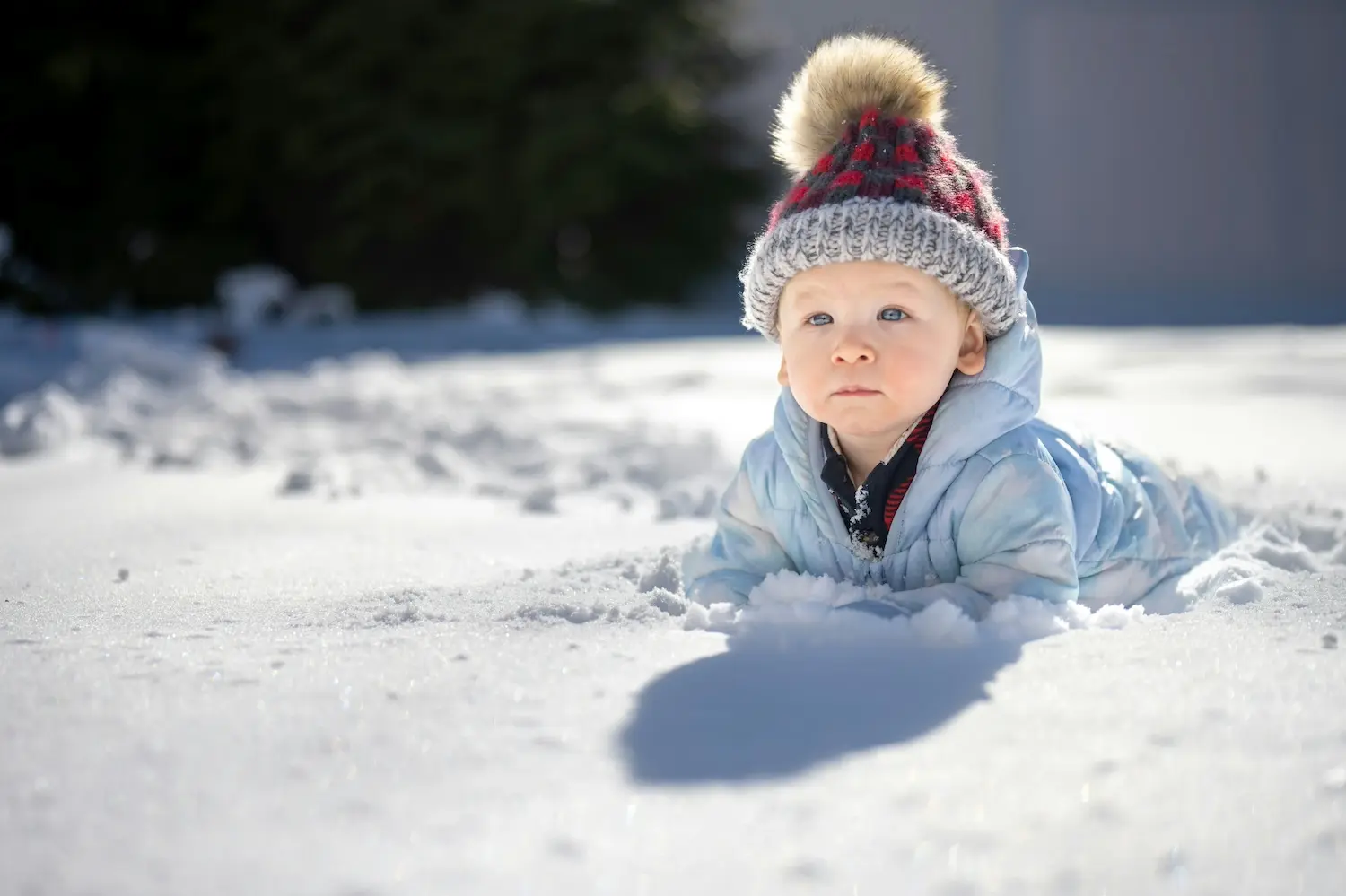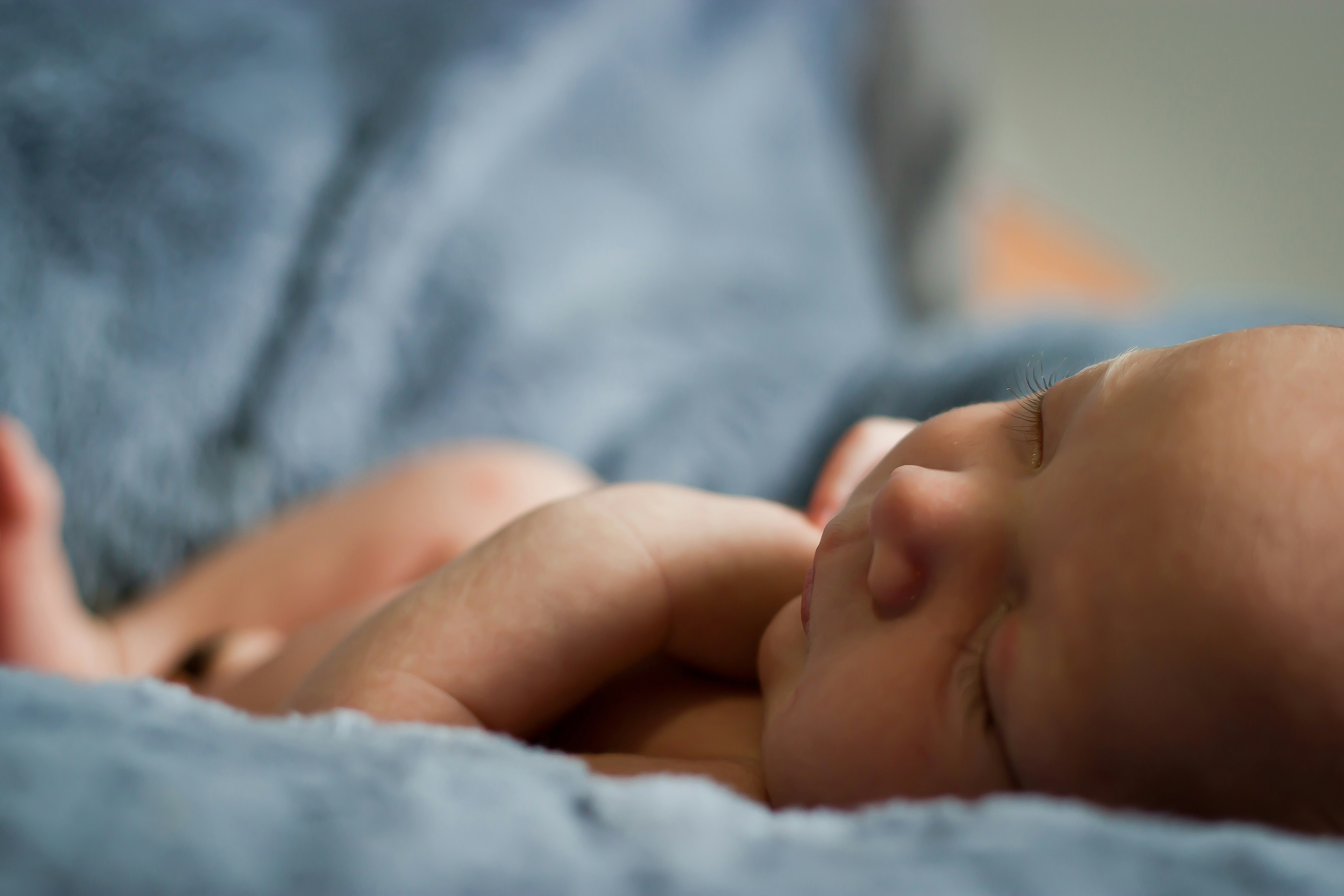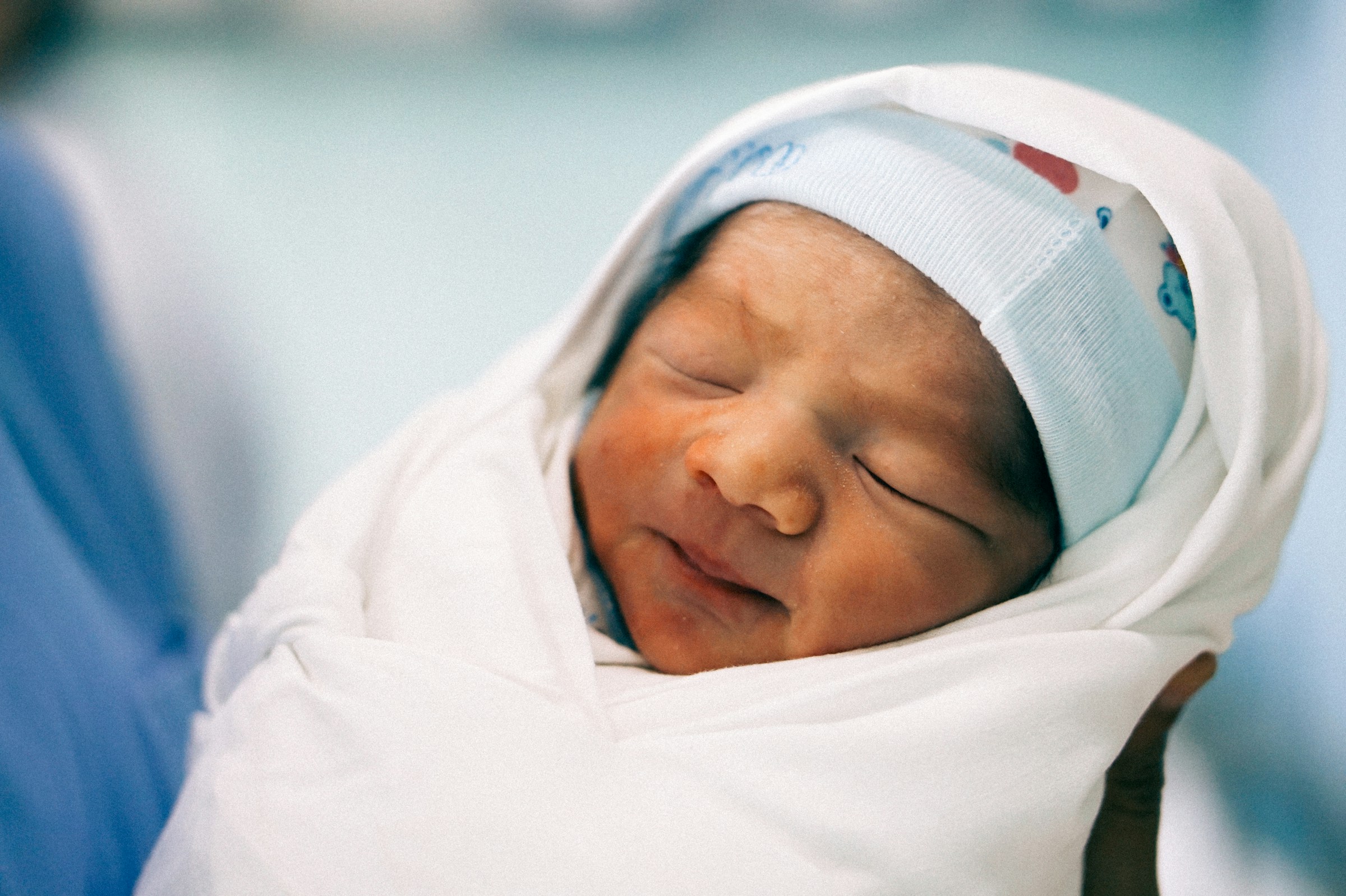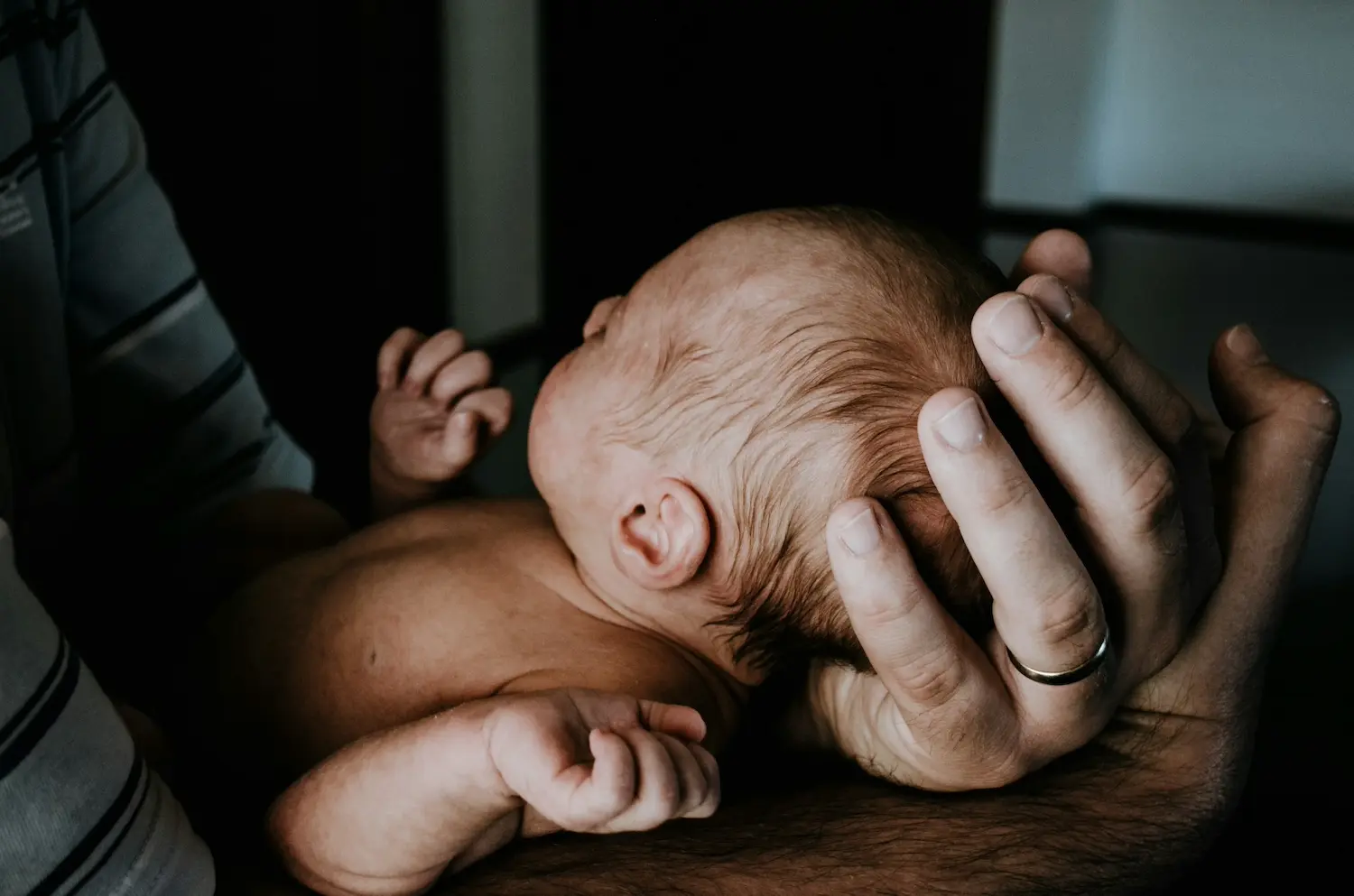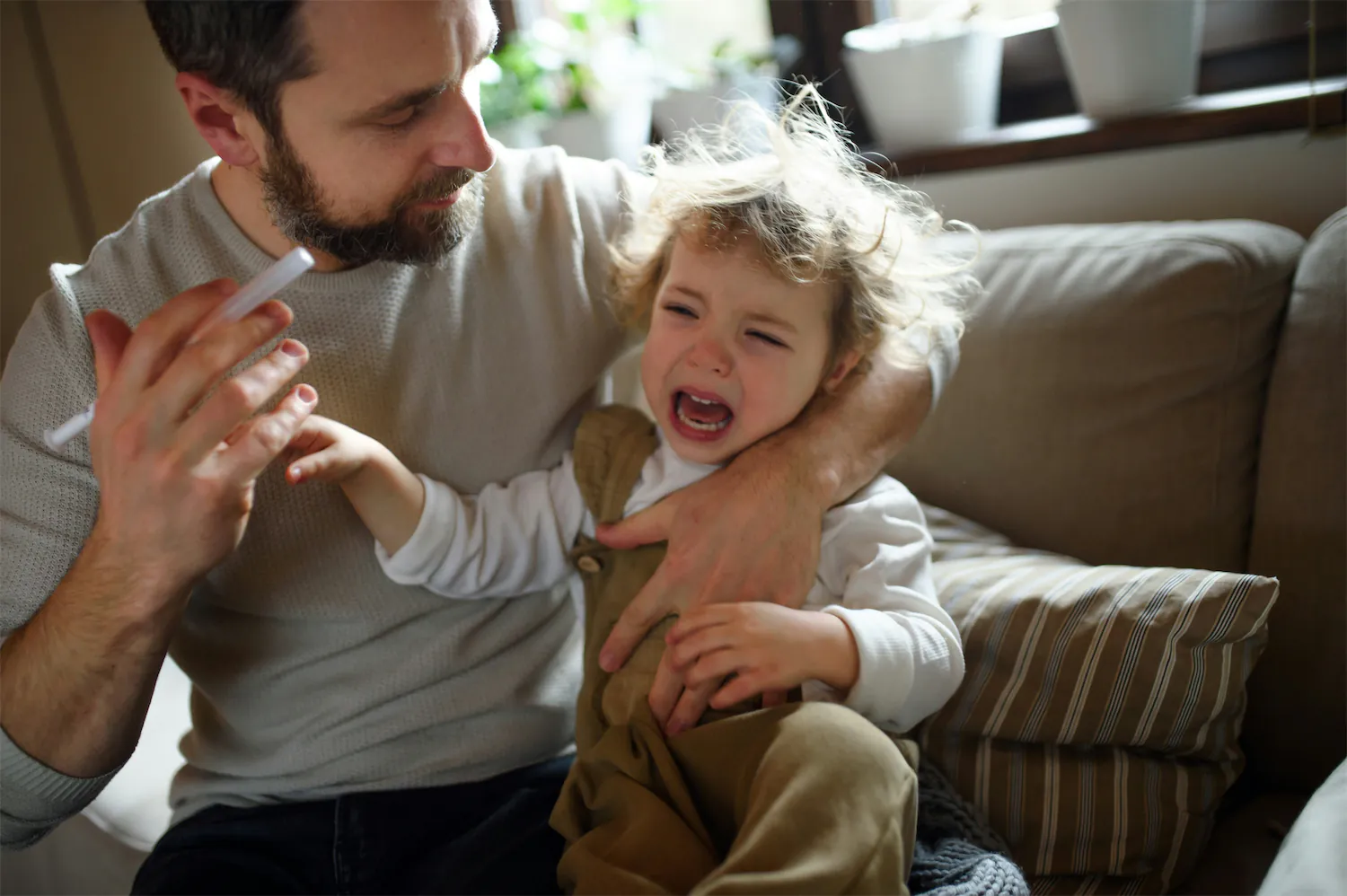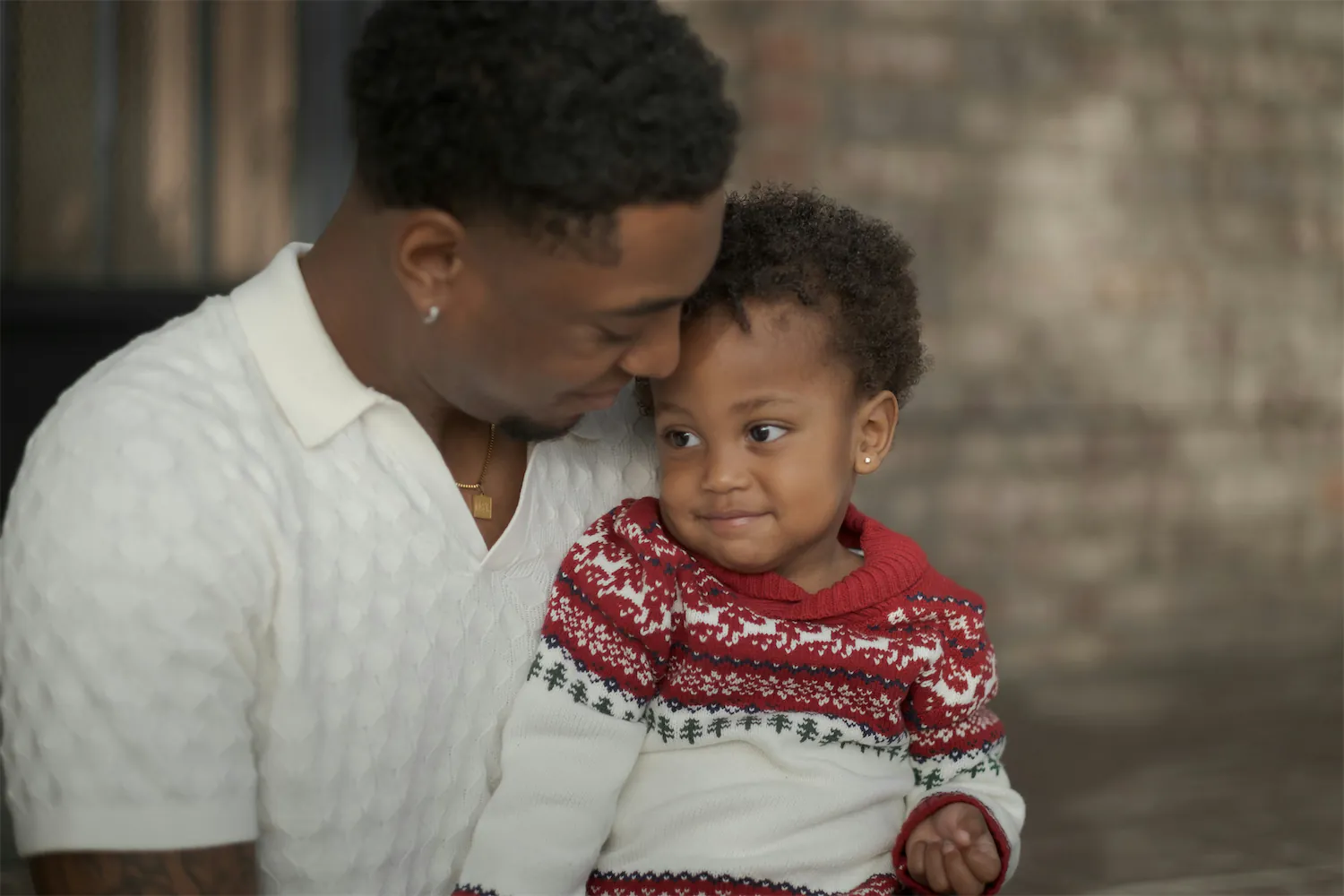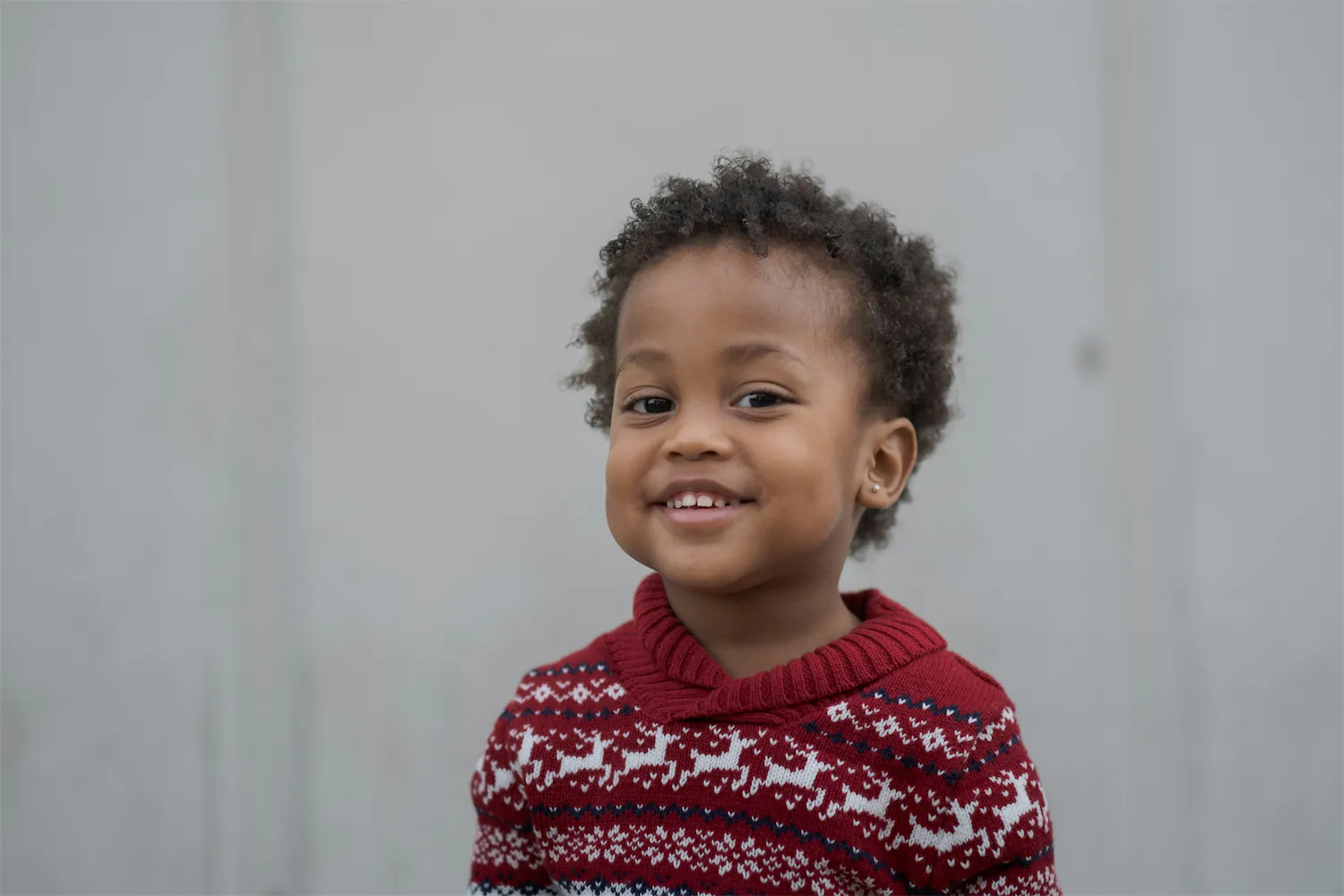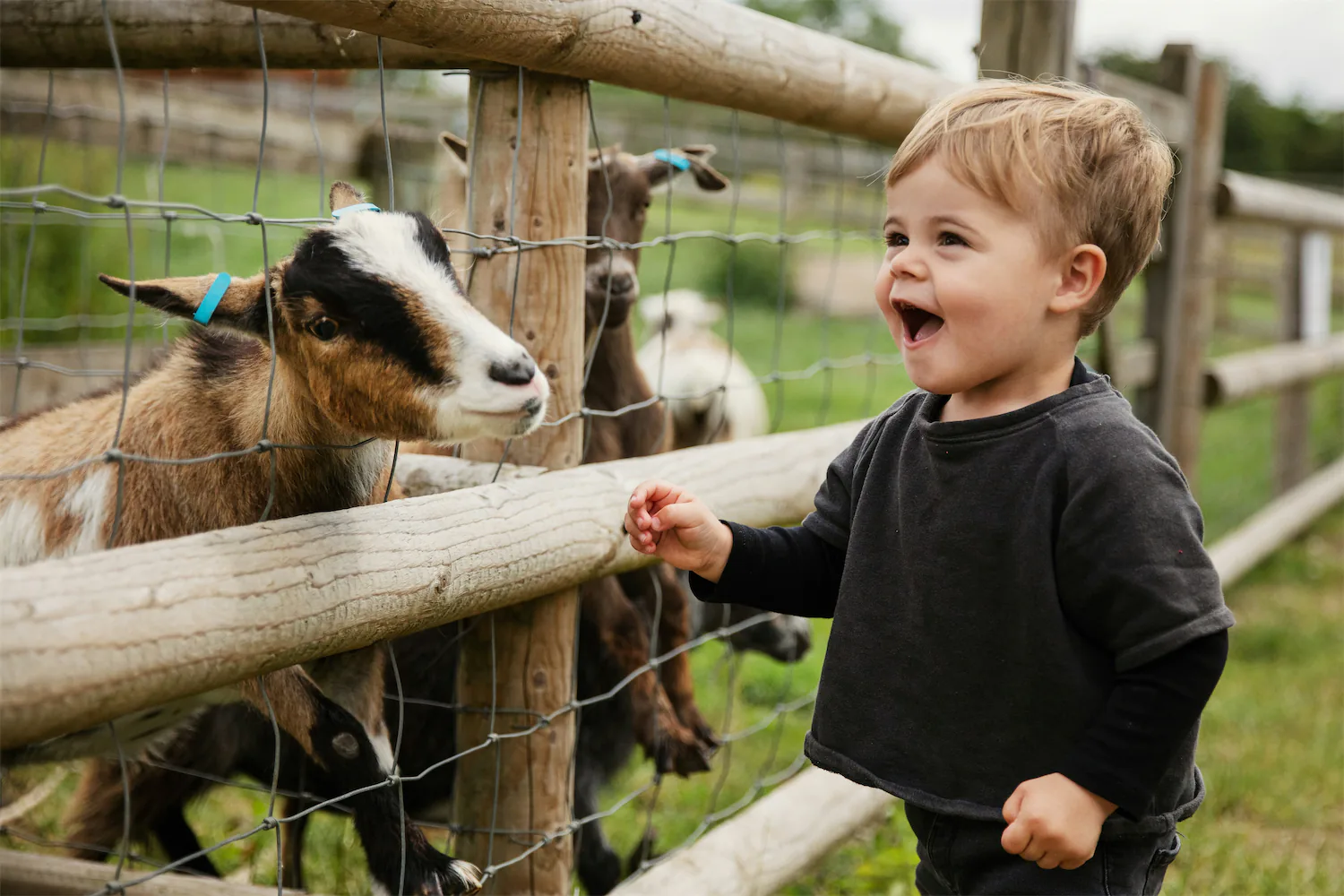What is acrocyanosis? Why are my newborn's hands and feet turning purple?
What is acrocyanosis? Why are my newborn's hands and feet turning purple?
Skin color changes in newborns and infants
Skin color changes in newborns and infants

Dahlia Rimmon, RDN
Content Writer

Dr. Marcy Borieux
Pediatrician
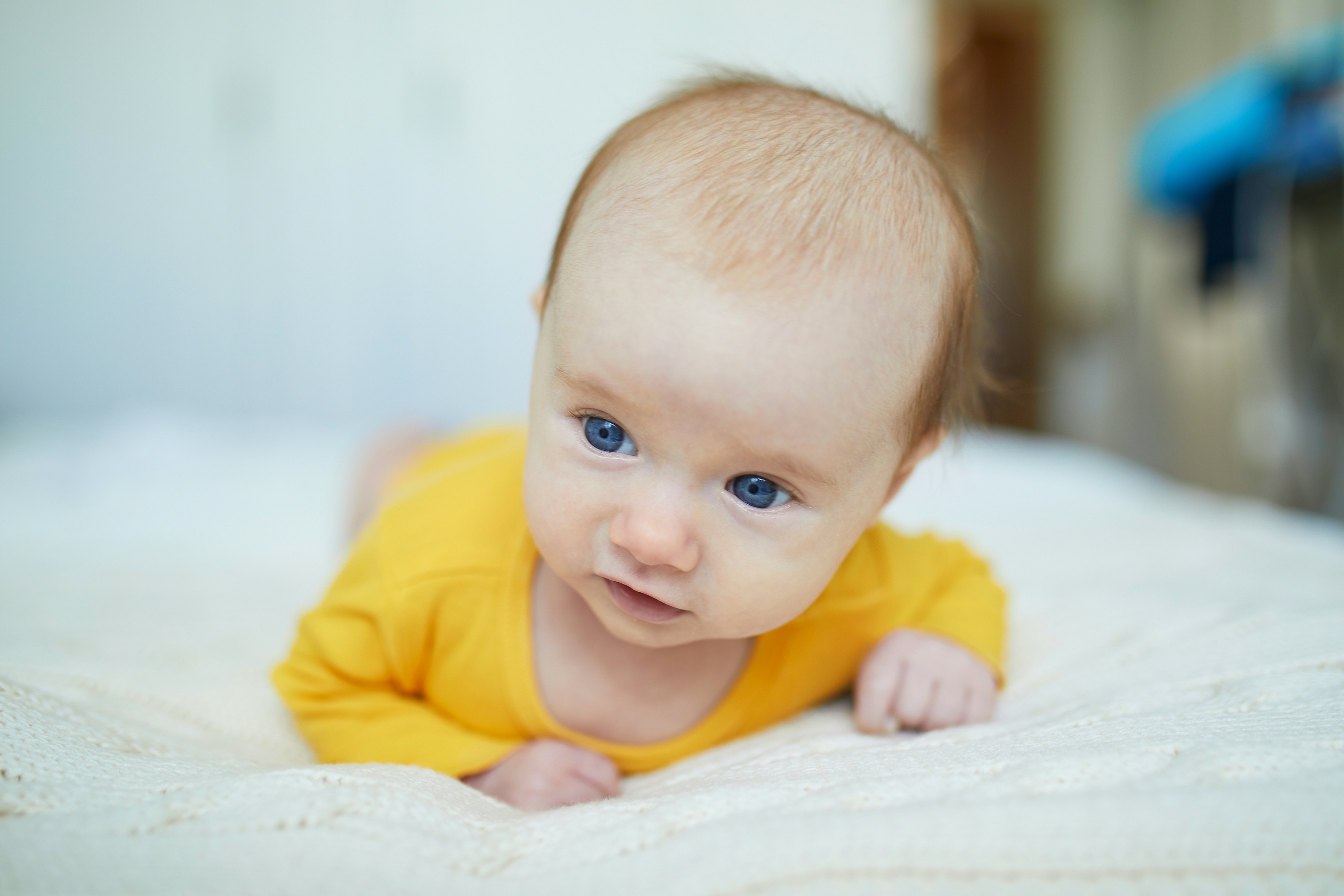


Acrocyanosis is a condition characterized by bluish skin discoloration of the hands, feet, or around the mouth and is usually a result of your baby being cold. It's commonly seen in newborns and infants due to their developing circulatory system. As your baby grows, and their body functions mature, instances of acrocyanosis tend to decrease. This condition is benign and usually resolves within a few minutes of warming your baby.
Causes of acrocyanosis
Here are a few reasons your baby’s extremities might become discolored:
Cold environment
Crying
Vomiting
Coughing
Reflux
Breath-holding spells (often seen in toddlers during severe tantrums)
What is cyanosis?
Unlike acrocyanosis, cyanosis occurs when the skin turns blue or purple in central areas of the body like the trunk, abdomen, back, or inside the mouth. It’s a serious condition that indicates a lack of oxygen in the blood and is a sign of an underlying chronic condition.
Cyanosis can be caused by:
Respiratory difficulties (severe respiratory infections like pneumonia, whooping cough, or bronchiolitis)
Cardiac disorders such as congenital heart diseases.
Pulmonary disorders like severe asthma
Foreign body aspiration
Severe bacterial infections like sepsis
Frostbite or severe cold exposure
Other conditions that cause skin color discoloration
Here are a few other conditions that might cause your baby’s skin to change color:
Raynaud's phenomenon
Raynaud's phenomenon is a condition in which a child experiences purple hands and feet, or painful white, blue, or red discoloration in the fingers or toes. It usually results from exposure to extreme temperatures or emotional stress. Raynaud's phenomenon typically occurs in older children and adults.
Tricuspid atresia
Tricuspid atresia is a congenital heart condition where the tricuspid valve between the heart chambers is absent or underdeveloped. This results in poor blood flow and circulation, causing bluish color changes in the skin.
Methemoglobinemia
Methemoglobinemia is a condition in which levels of hemoglobin, the protein responsible for transporting oxygen throughout the body, become abnormal. This results in bluish skin discoloration that does not improve with oxygen.
Jaundice
Jaundice is a condition where your baby's skin turns yellow because of bilirubin buildup in the blood. Jaundice is normal in healthy babies and can usually resolve on its own in a few days after birth. If treatment is needed, your baby will undergo phototherapy and be placed under lights to reduce their bilirubin levels.
When to call a doctor
Call your child’s pediatrician if you notice any color changes to the central part of the body, or if there are any concerning symptoms like difficulty breathing, lethargy, irritability, fever, poor feeding, or decreased consciousness. If you observe any of these changes, contact your local or Summer Health pediatrician and seek immediate medical attention.
Acrocyanosis is a condition characterized by bluish skin discoloration of the hands, feet, or around the mouth and is usually a result of your baby being cold. It's commonly seen in newborns and infants due to their developing circulatory system. As your baby grows, and their body functions mature, instances of acrocyanosis tend to decrease. This condition is benign and usually resolves within a few minutes of warming your baby.
Causes of acrocyanosis
Here are a few reasons your baby’s extremities might become discolored:
Cold environment
Crying
Vomiting
Coughing
Reflux
Breath-holding spells (often seen in toddlers during severe tantrums)
What is cyanosis?
Unlike acrocyanosis, cyanosis occurs when the skin turns blue or purple in central areas of the body like the trunk, abdomen, back, or inside the mouth. It’s a serious condition that indicates a lack of oxygen in the blood and is a sign of an underlying chronic condition.
Cyanosis can be caused by:
Respiratory difficulties (severe respiratory infections like pneumonia, whooping cough, or bronchiolitis)
Cardiac disorders such as congenital heart diseases.
Pulmonary disorders like severe asthma
Foreign body aspiration
Severe bacterial infections like sepsis
Frostbite or severe cold exposure
Other conditions that cause skin color discoloration
Here are a few other conditions that might cause your baby’s skin to change color:
Raynaud's phenomenon
Raynaud's phenomenon is a condition in which a child experiences purple hands and feet, or painful white, blue, or red discoloration in the fingers or toes. It usually results from exposure to extreme temperatures or emotional stress. Raynaud's phenomenon typically occurs in older children and adults.
Tricuspid atresia
Tricuspid atresia is a congenital heart condition where the tricuspid valve between the heart chambers is absent or underdeveloped. This results in poor blood flow and circulation, causing bluish color changes in the skin.
Methemoglobinemia
Methemoglobinemia is a condition in which levels of hemoglobin, the protein responsible for transporting oxygen throughout the body, become abnormal. This results in bluish skin discoloration that does not improve with oxygen.
Jaundice
Jaundice is a condition where your baby's skin turns yellow because of bilirubin buildup in the blood. Jaundice is normal in healthy babies and can usually resolve on its own in a few days after birth. If treatment is needed, your baby will undergo phototherapy and be placed under lights to reduce their bilirubin levels.
When to call a doctor
Call your child’s pediatrician if you notice any color changes to the central part of the body, or if there are any concerning symptoms like difficulty breathing, lethargy, irritability, fever, poor feeding, or decreased consciousness. If you observe any of these changes, contact your local or Summer Health pediatrician and seek immediate medical attention.
Summer Health offers fast and reliable pediatric urgent care through online doctors, all via text. Whether you’re worried about your baby's fever, rashes, or other children's health concerns, we provide expert advice and support anytime, right from your phone.

Never miss a post!
Sign up for our newsletter to receive articles and guides directly to your inbox!


